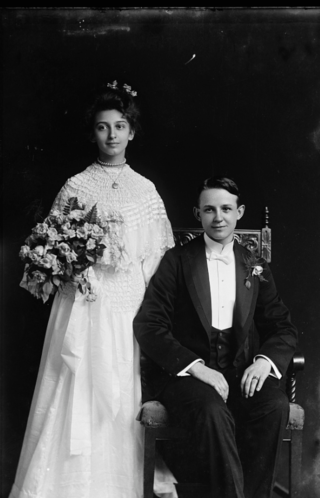Psychoanalysis
Do You Have Trouble Dealing with Ambivalent Feelings?
Tolerating ambivalence is essential for maintaining a long-term relationship.
Posted February 17, 2021

Ambivalence is the simultaneous existence of opposite feelings. Most of us hate it. It is an uncomfortable state. We want to feel one way or the other. I want to love my brother or hate him—not love him and hate him.
In contrast to the popular attitude about ambivalence, from a psychoanalytic point of view ambivalence is a healthy state and not being able to tolerate it is a problem. Freud first discussed “ambivalence” in “The Dynamics of Transference” in 1912. He said, in psychoanalysis, the phenomenon of negative transference is found side by side with the affectionate transference and is often directed at the same person—in this case, the analyst. In life as well as in psychoanalytic transference, the person we love most is also the person who can disappoint us the most. The person we want to be with the most is also the person by whom we can feel most abandoned. The person we need to understand us the most is also the person who we often feel cannot understand. The person whom we want most to please is the person we sometimes resent for always coming first. Indeed, being able to accept your self, other people, and life as whole as having good and bad aspects is a defining characteristic of mental health. Tolerating ambivalence means accepting that people are good and bad. The alternative is splitting people and experiences into “good” or “bad”.
Psychoanalyst Melanie Klein pointed out that ambivalence is a part of even the most loving and seemingly altruistic interactions. For example, lending money to a friend or family member can be fraught with ambivalence. Even when we are most grateful for what has been given us, we often envy the ability, the power, of the person who has it to give. Klein says we want to bite the breast that feeds us because we envy the fullness of it in face of our own emptiness. The recipient may resent the ability of the lender to do so effortlessly.
In psychoanalysis, Klein’s theory of biting the hand that feeds you is quite commonly borne out. Some patients envy me because of what I can give them.
Elizabeth said, “I hate the fact that you can help me.”
I asked, “What about it do you hate?”
“I hate the fact that you have something that I need. I don’t want to need it and I don’t want you to be able to give it to me.”
“What is the ‘it’ that I’m able to give to you?”
“You understand me, and you help me figure out what I feel and what I want,” she said.
“What’s upsetting about my helping you?” I asked.
“It makes me angry that you have it to give and I don’t—that I have to get it from you. I hate to say it,” she laughed, “but I feel really taken care of by you.”
Part of the experience of psychoanalysis is learning that we have many complicated and contradictory feelings about people. We cannot get rid of them; but we do not have to act on them. Rather, we must accept that we have conflicting feelings but weigh them before we act on them. Tolerating ambivalence is essential for maintaining a long-term relationship.


